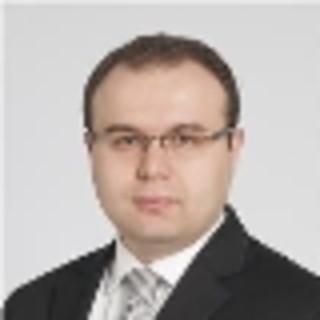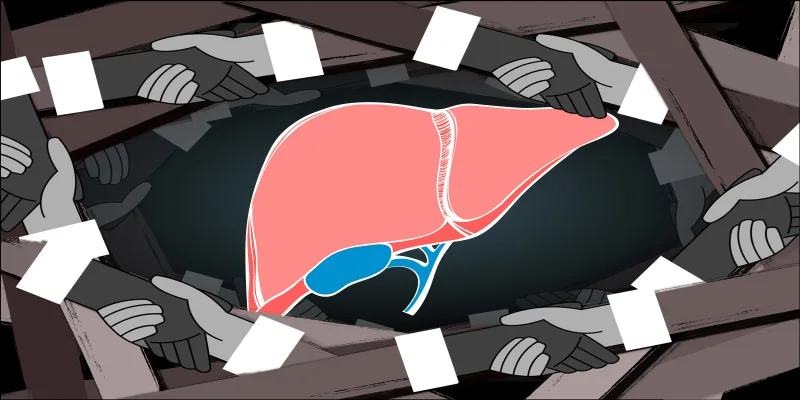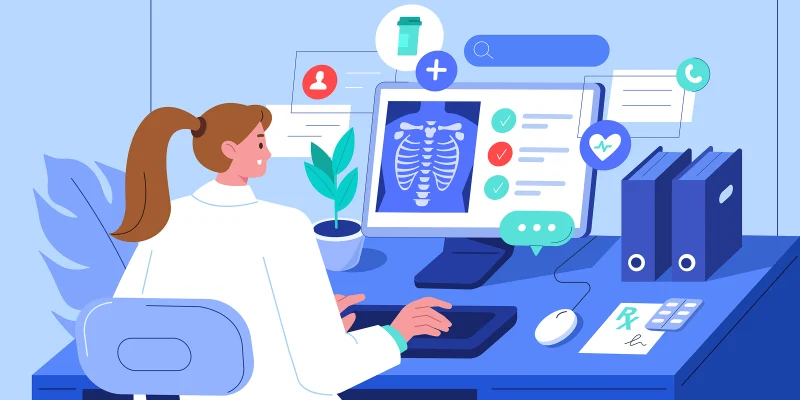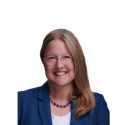The power and effectiveness of mathematics have been proven countless of times in the natural sciences. It is still being debated whether mathematics was discovered or invented, but the bottom line is that mathematics works, even if it seems unreasonable in describing the world we live in. One of my all-time favorite stories is the discovery of the planet Neptune in 1846. The precise location of Neptune was calculated from the data from other planets with pen and paper by Le Verrier. Based on his calculations Galle turned his telescope to the coordinates that Le Verrier calculated. And just like a miracle, he found a new planet that no one else was able to find during hundreds of years of astronomical work. I still feel goose bumps when I think about this.
As an intensive care physician, I am surrounded with numbers. Numbers are constantly being reported to me; vital signs, lab results, ventilator settings, urine output, medication doses, etc. I try to make sense of all those numbers and hope that I understand what is going on with my patient. One day I realized that I use all those numbers to build types of mathematical models of my patients in my mind. This is essentially what we are trained for. So, I got more curious and really wanted to understand how this mental modeling works for us clinicians. We normally don’t need to know and use anything more than simple arithmetic in our clinical work. Easy to calculate cc/kg/hr of urine output, but do we really use those simple calculations subconsciously when we assess our patients? I believe the answer is no. So, I decided that I needed to refresh my math skills beyond arithmetic. In order to study change in nature, you have to be fluent in calculus. I started studying algebra and then moved to calculus. I was aware that it looked weird. I had finished medical school, residency and fellowship, and now I was studying chain rule.
While working on those, the popular and almost magical topics of artificial intelligence (AI) and machine learning caught my attention. I started to study these topics to understand what these “magical” tools really were. Not surprisingly, I realized that AI is all about mathematics, more specifically the mathematics of analyzing and processing very large datasets and making classifications or predictions with it. So, AI turned out to be mathematics, not magic. Then I wondered whether I could use various AI methods, and decided to learn coding. I cannot say coding is easy, but it was well worth learning in order to truly understand and feel more comfortable about AI.
Now with refreshed math skills and more than basic AI skills, I decided to see what I could do differently to analyze all the numbers I process every day in the ICU. I shared my ideas with my department chair and other colleagues, and we started working on a novel algorithm that processes all the data from our patients and turns them into a score that indicates the current clinical state of our patients.
A physicist or chemist uses mathematics all the time in their research or daily routine work. Medical students and other trainees in health care are also trained in mathematics. However, unlike a physicist, a physician’s mathematical skills become less important in his/her daily work. Think about it: biology is built on chemistry which is built on physics, but for some reason mathematics stops being useful and not relevant in biology. Even though math is the main power behind biology’s building scientific disciplines (i.e., chemistry and physics). This simply does not make sense. On the contrary, biology should use more advanced mathematical tools since it is a more sophisticated form of chemistry and physics. During my self-teaching journey, I became aware of complex systems, systems biology, chaos theory, and non-linear dynamical systems. I have read eye-opening research with huge potential for bedside clinical applications. For example, using principles of chaos theory in various arrhythmias and a few other works seem to find some application at the bedside. However, I feel that there is so much more to be utilized and brought to the bedside. And I think one of the biggest obstacles in unleashing the power of mathematics in the clinical world is lack of awareness and misperception that mathematics has little to offer in advancing clinical care. I also have to admit that reading papers full of differential equations, integrals, and many other complicated mathematics is difficult and intimidating. I think that one solution to this problem is to create multidisciplinary teams with mathematicians who are interested in medical problems and clinicians who are willing to familiarize themselves with advanced mathematics so that the two groups can understand each other and advance medical care. I found very valuable materials that a clinician utilize for this purpose. For example, the textbook “Modeling Life: The Mathematics of Biological Systems” is a great book to start. It is written for medical trainees to sharpen their mathematical skills, which can be used in medical research.
Because of all these, to all my fellow colleagues and trainees, I recommend going back to mathematics to see how you can expand your skills to include mathematics and computer program coding. They will be extremely valuable tools in the world where AI and other computer algorithms are being utilized more and more.
What uses for math do you see in your work as a clinician? Share your potential equations in the comments.
Orkun Baloglu, MD, is a pediatric critical care physician who cares for the sickest children within Cleveland Clinic Children’s ICU. He cares for patients with a variety of conditions ranging from congenital heart disease to cancer to infections.
Image by everything bagel / Shutterstock







